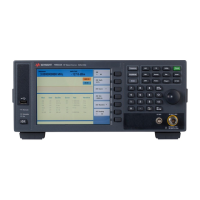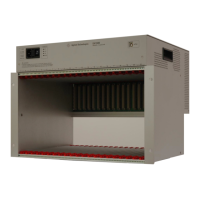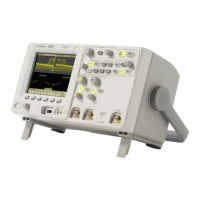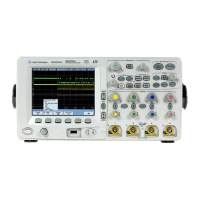Issue 2 - 07/00 4-63
Testing in Simulation Mode - Section 5
Testing CLIP/CLIR
Tip
You can also test CLIP/CLIR from the ISDN Test Suite—see
Testing services from the ISDN Test Suite later in this section.
To test CLIP, you can set up a CLI (CorNet-N, CorNet-T and
ETSI users need to set Present’ to Allowed), and connect a
self call (see Chapter 6 section 1). The number should be
displayed in the Incoming Call screen, or in the ISDN call
information screen (
+ 6) for the channel of the
incoming call.
To test CLIR, you can set up a CLI (ETSI users need to set
Present’ to Restricted), and make a call to a unit which has
CLIP enabled. When restriction is successful, the number is
displayed in the Incoming Call screen or the ISDN call
information screen (
+ 6), but is followed by an R.
Note
When the test call is to be routed through two non-compliant
networks you can set Present’ to Interworking—see Setting
up CLIP/CLIR earlier in this section for details.
Connected Line Presentation/Restriction
Connected Line Restriction (COLR) allows a subscriber
receiving a call to prevent their ISDN number being presented
to a connected caller unless they specifically request it.
Connected Line Presentation (COLP) allows a subscriber
making a call to display the number of the line to which they
are connected.
Setting up COLP/COLR
To test COLP/COLR, you need to define a number and set up
aurora
Sonata
to send it to the calling unit for all incoming calls.
You can then make calls to test whether the presentation of
this number is allowed or restricted.
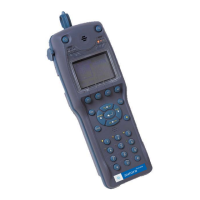
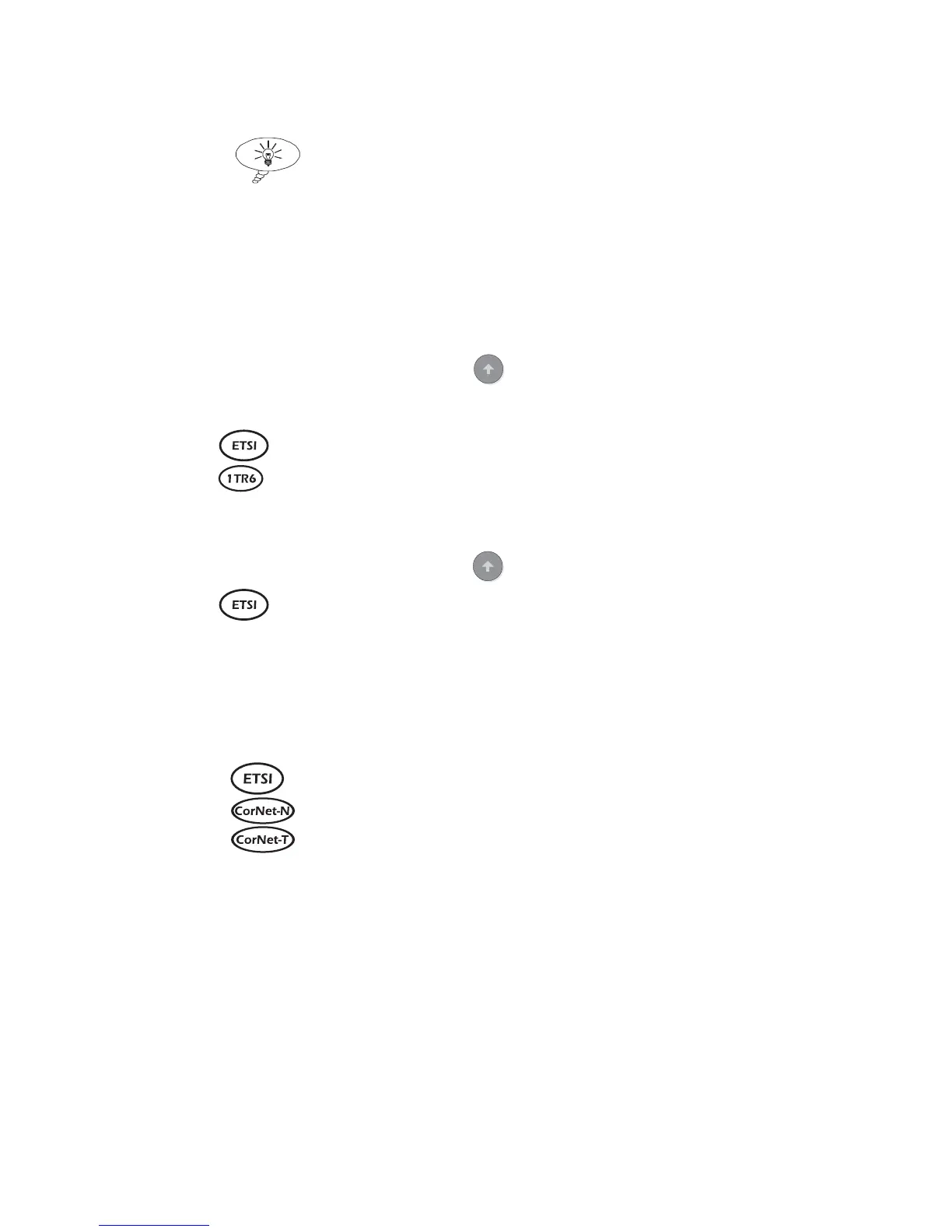